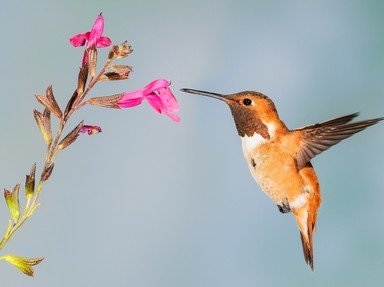Quiz Answer Key and Fun Facts
1. The emperor penguin is the tallest and heaviest living penguin species.
2. Where do emperor penguins live?
3. Which of the following is the emperor penguin's favorite food?
4. What is the easiest way to tell the difference between a male and female emperor penguin, especially during breeding?
5. What sounds do emperor penguin chicks use to attract the attention of their parents?
6. How does the emperor penguin protect itself from the extremely cold temperatures?
7. What part of the male emperor penguin's anatomy is used to help take care of its nestling?
8. Emperor penguins are nocturnal animals.
9. Excellent swimmers, emperor penguins employ two methods for maneuvering on land. One method is called wobbling or waddling. What is the other, which involves sliding on its stomach, called?
10. The healthy adult emperor penguin only has two predators. What are they?
Source: Author
ponycargirl
This quiz was reviewed by FunTrivia editor
NatalieW before going online.
Any errors found in FunTrivia content are routinely corrected through our feedback system.
